Snakes are fascinating creatures with a wide variety of patterns and colors, each serving a unique purpose in their survival. From the shimmering iridescence of some species to the striking stripes and bold patches of others, these patterns are more than just beautiful—they’re crucial for camouflage, communication, and even deterring predators. In this article, we explore the top 10 snake patterns ranked by rarity, delving into the genetic mutations and specific traits that make each pattern unique and highly sought after by enthusiasts and collectors alike. Join us as we uncover the secrets behind these rare and captivating snake patterns.
1. Iridescent Scale Pattern
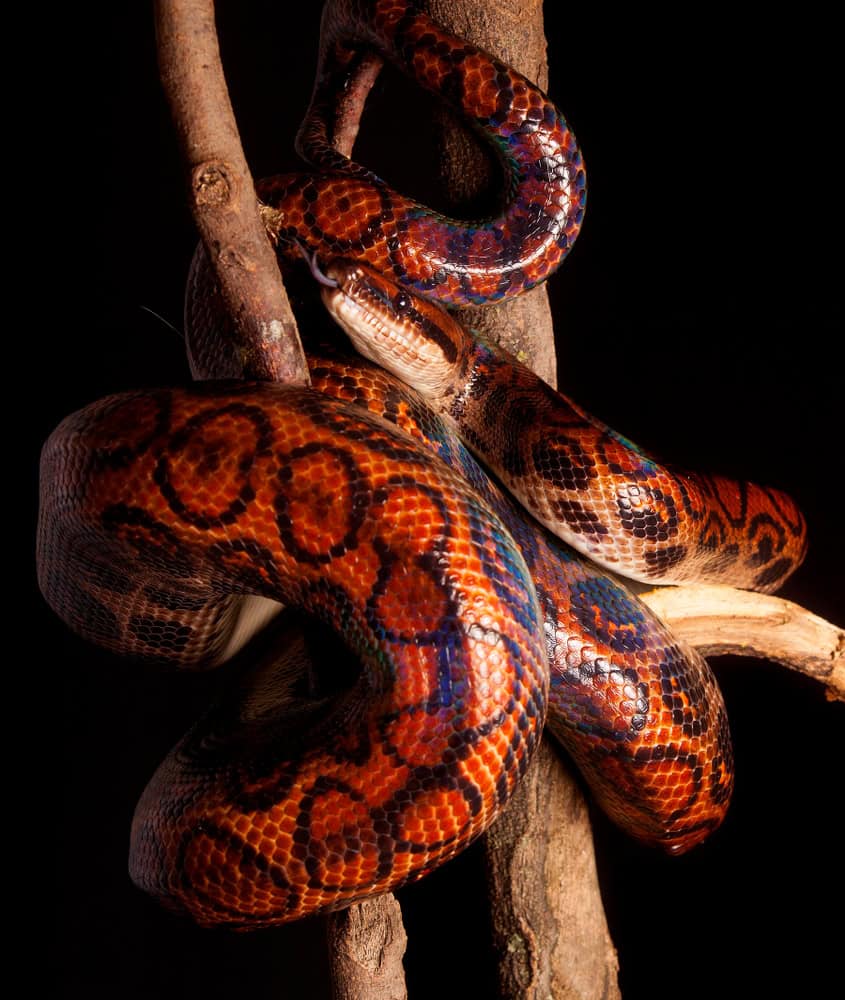
The iridescent scale pattern is among the rarest snake patterns due to its unique light-reflective quality that creates a shimmering, rainbow-like effect. This pattern is most commonly found in species like the Brazilian Rainbow Boa. The iridescence results from microscopic ridges on the scales that diffract light, creating the appearance of multiple colors. This pattern is highly sought after by collectors and breeders, making it rare and valuable. The iridescent pattern not only serves as a stunning visual but also may help in camouflaging the snake in its natural habitat by breaking up its outline.
Lavender Albino Pattern
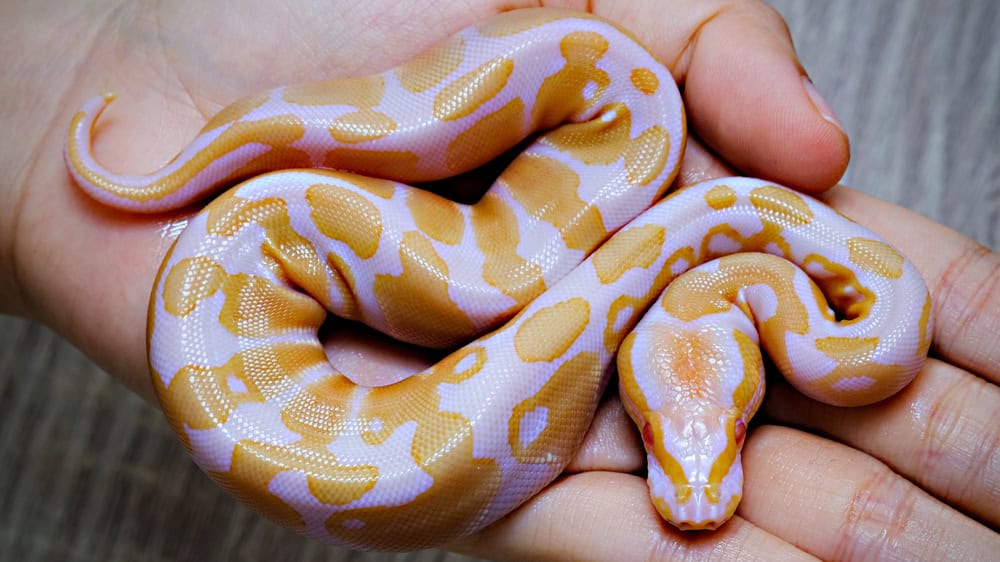
The Lavender Albino pattern is rare due to the specific genetic mutation required to produce it. This pattern features a striking combination of lavender and white colors, often with bright red eyes. Found primarily in Ball Pythons, the Lavender Albino gene is recessive, meaning both parents must carry the gene for the offspring to display the pattern. The rarity and beauty of this pattern make it highly desirable among snake enthusiasts, contributing to its scarcity in the wild and captivity.
High White Piebald Pattern

The High White Piebald pattern is characterized by large patches of pure white skin interspersed with areas of normal coloration. This pattern is particularly rare because it requires a combination of specific genetic traits. In Ball Pythons, for example, the piebald trait is recessive, and achieving a high percentage of white in the pattern involves selective breeding over several generations. The striking contrast between the white and colored patches makes this one of the most visually appealing and rare snake patterns.
Scaleless Pattern
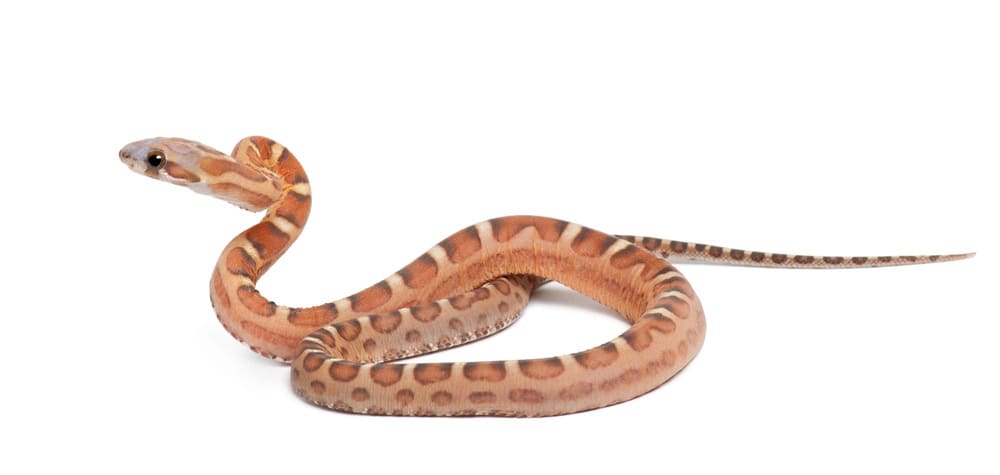
The Scaleless pattern is extraordinarily rare and fascinating because it involves the complete absence of scales. Found in species like the Scaleless Corn Snake, this pattern results from a genetic mutation that inhibits scale development. Scaleless snakes have smooth, supple skin that feels very different from their scaled counterparts. Due to the mutation’s rarity and the specific breeding required to produce scaleless offspring, these snakes are highly sought after and command high prices in the pet trade.
Leucistic Pattern
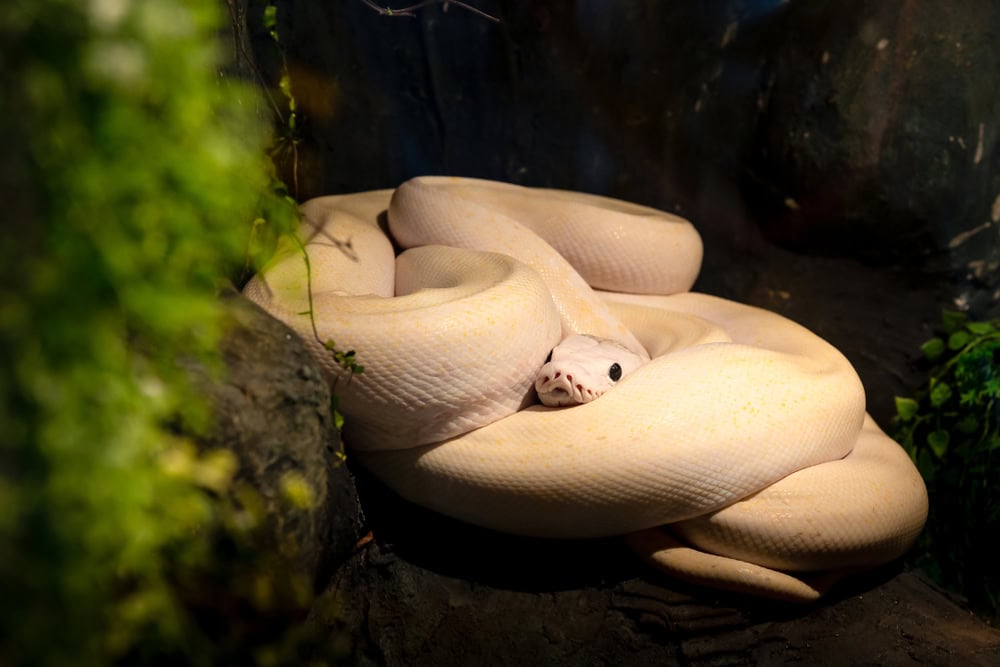
Leucistic snakes are characterized by their pure white or pale coloration, often with dark eyes. Unlike albino snakes, leucistic snakes lack all pigment but retain normal eye color. This pattern is rare because it results from a recessive gene mutation that must be inherited from both parents. Leucistic Ball Pythons and Texas Rat Snakes are prime examples. The striking, ghostly appearance of leucistic snakes makes them extremely rare and desirable among collectors and breeders.
Sunset Pattern
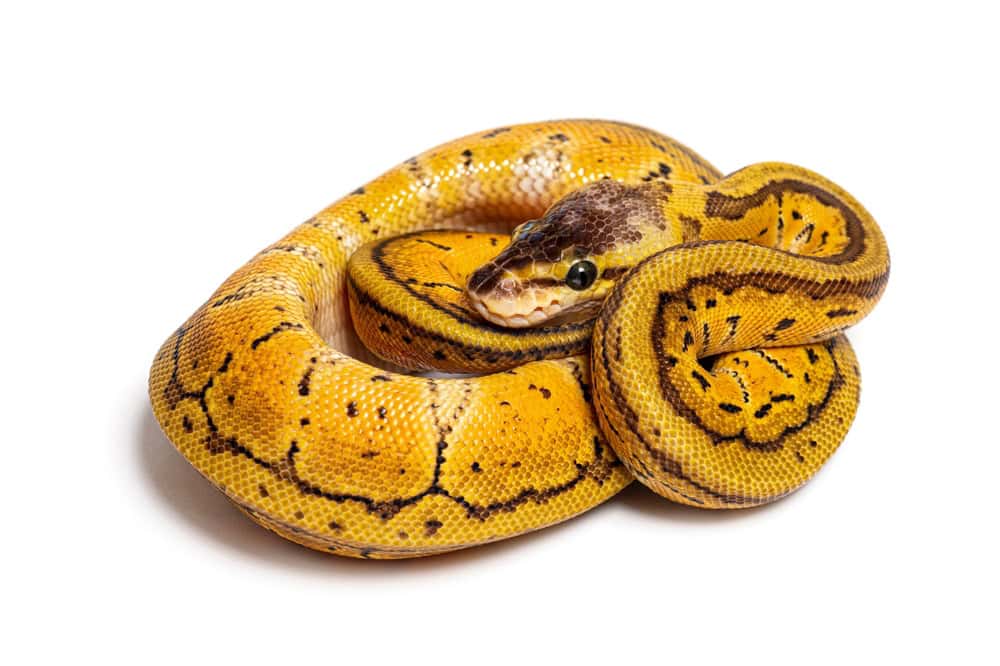
The Sunset pattern features a warm, gradient coloration that resembles a sunset, with hues ranging from deep reds and oranges to yellow. This pattern is primarily found in Ball Pythons and is the result of a rare and recessive genetic mutation. The Sunset pattern’s vibrant and unusual coloration makes it one of the most coveted and rare patterns in the snake world. Breeding for this pattern is complex, contributing to its scarcity and high value.
Hypo Melanistic Pattern
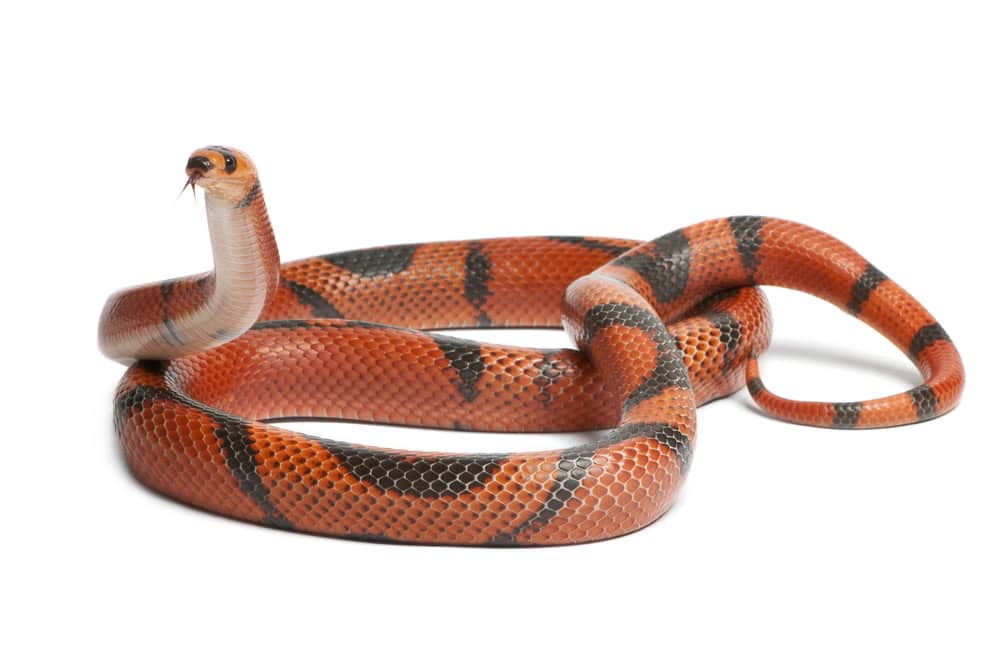
Hypo Melanistic, or “hypo,” snakes have reduced black pigmentation, resulting in lighter and more vibrant colors. This pattern is rare because it involves a recessive gene that significantly alters the snake’s coloration. Hypo Ball Pythons, for instance, display a range of lighter hues and enhanced patterns. The hypo pattern’s rarity and the visually striking appearance it produces make it highly desirable among breeders and collectors.
Axanthic Pattern
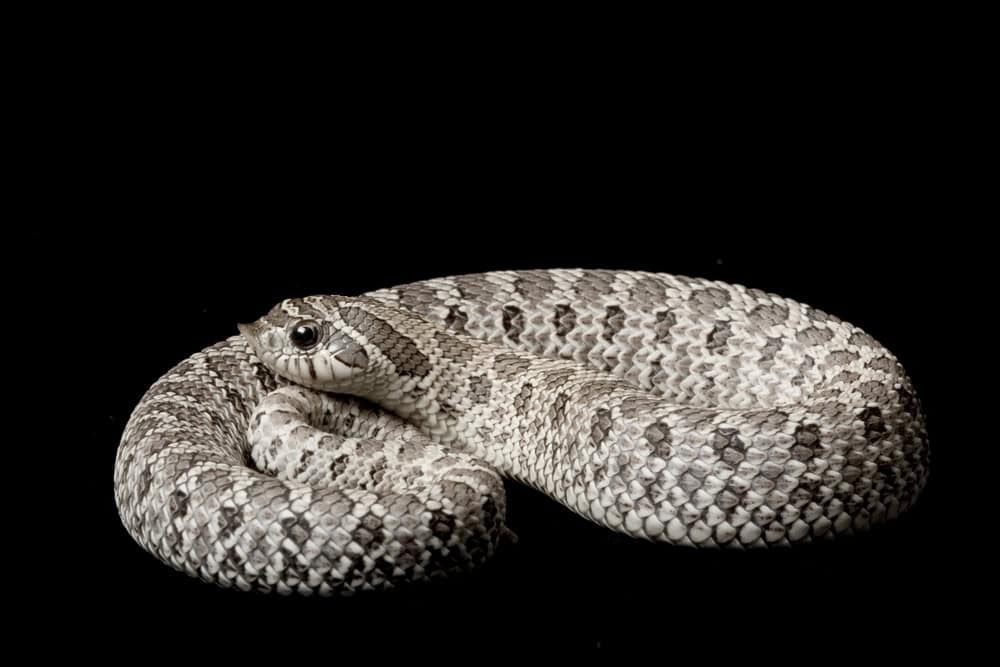
Axanthic snakes lack yellow and red pigments, resulting in a monochromatic appearance of blacks, whites, and grays. This pattern is rare due to the specific genetic mutation required. Axanthic Ball Pythons are a notable example, showcasing a stark and striking appearance. The absence of warmer colors makes this pattern particularly unique and highly valued among enthusiasts, contributing to its rarity in the wild and captivity.
Ghost Pattern
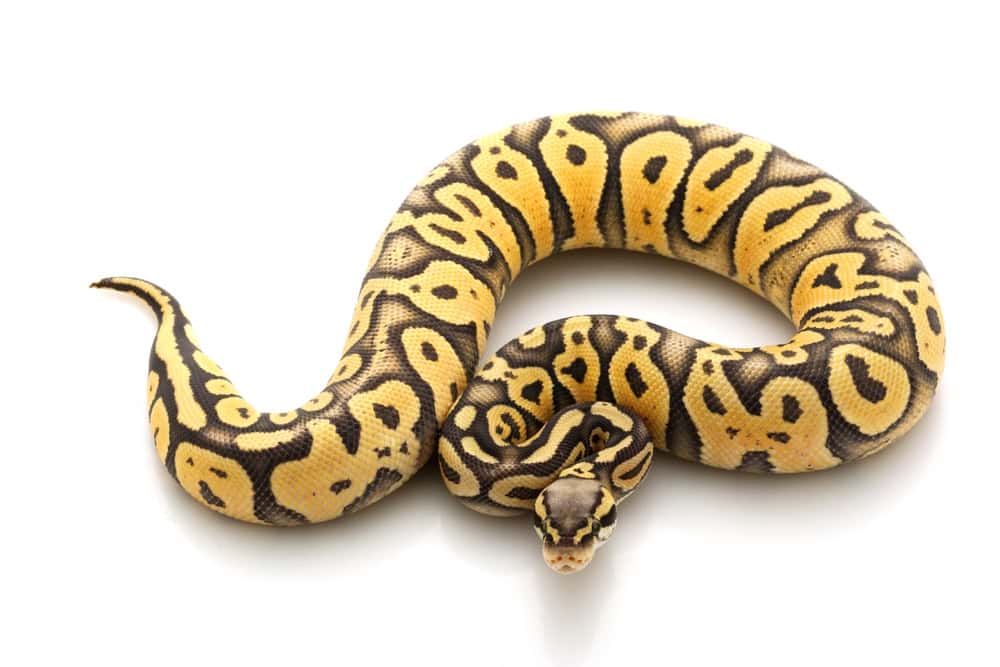
The Ghost pattern, also known as Hypo Axanthic, combines traits of both hypomelanism and axanthism. This results in a snake with muted colors, often appearing in shades of gray and beige with reduced black pigmentation. The dual genetic mutations required to produce this pattern make it rare. Ghost Ball Pythons are a prime example, showcasing a hauntingly beautiful and subtle appearance that is highly prized among collectors.
Albino Pattern
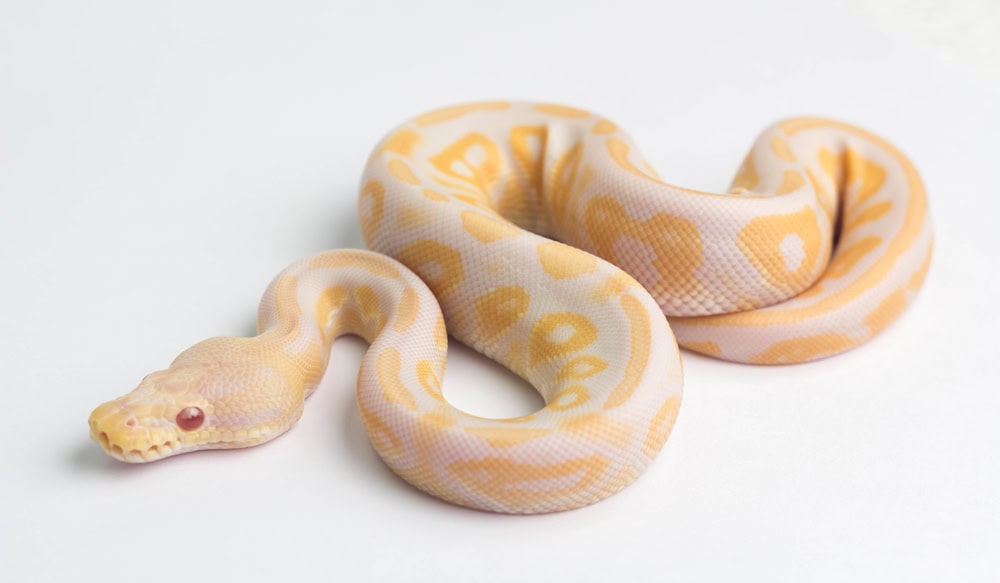
Albino snakes are characterized by their lack of melanin, resulting in bright yellow and white coloration with red or pink eyes. While albinism is a well-known genetic trait, it is still relatively rare in the wild due to the increased vulnerability to predators. Albino Ball Pythons and Corn Snakes are popular in the pet trade. The striking appearance and genetic specificity required for albinism contribute to its rarity and desirability.
This article originally appeared on Rarest.org.
More from Rarest.org
10 Most Iconic Acoustic Guitars Ever Made

Acoustic guitars have shaped the sound of music for decades. Here are the most iconic models ever made, each with its unique features and history. Read more.
The 8 Rarest Model Trains and Their Collectible Value

Collecting model trains is a hobby that has captivated enthusiasts for decades, blending a passion for history, engineering, and meticulous craftsmanship. Among these miniature marvels, certain models stand out not only for their exquisite detail and historical significance but also for their rarity and high collectible value. Read more.
15 Unique Currencies from History You Probably Never Knew Existed
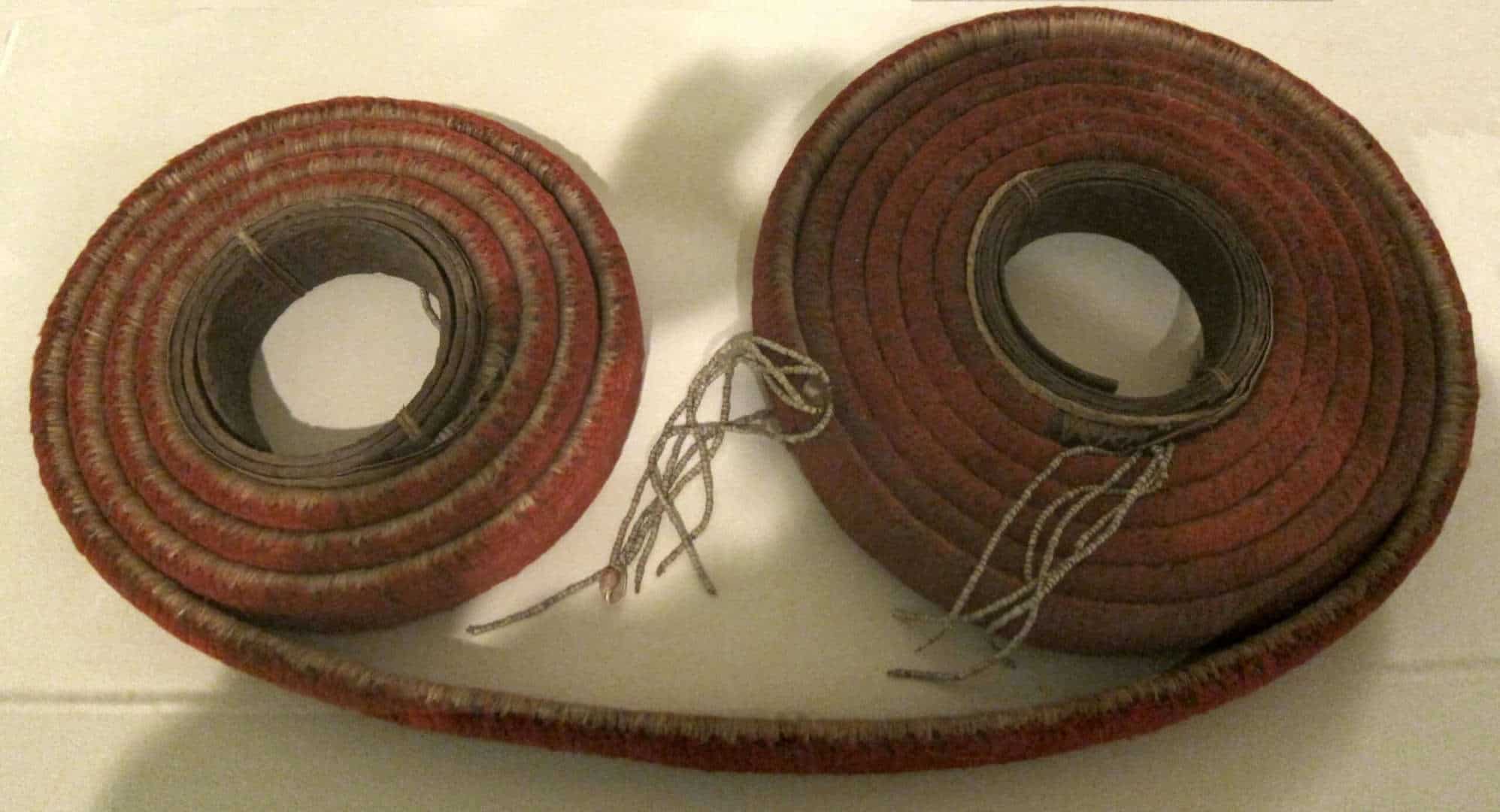
Throughout history, different cultures have used a fascinating variety of items as currency. These unique forms of money reflect the diverse ways societies have valued and exchanged goods. Read more.
